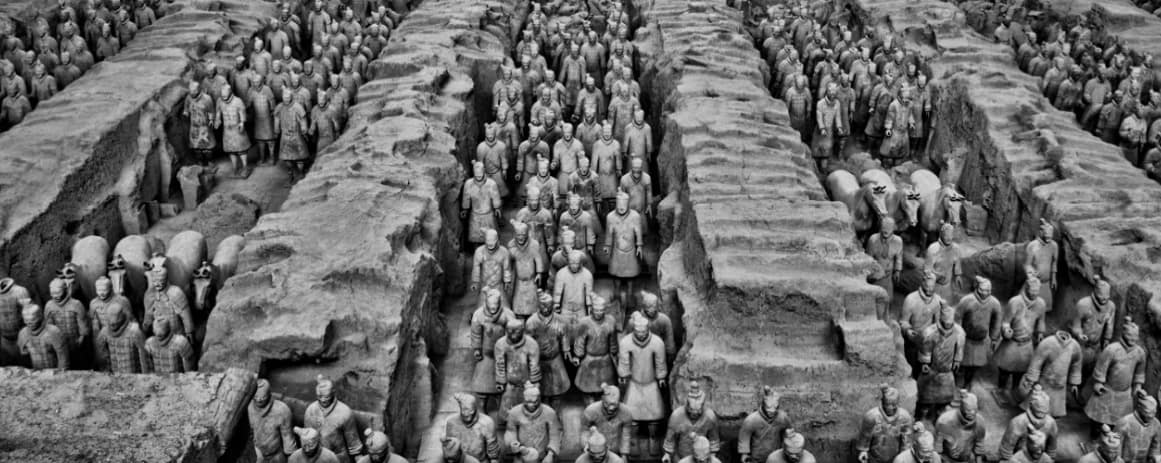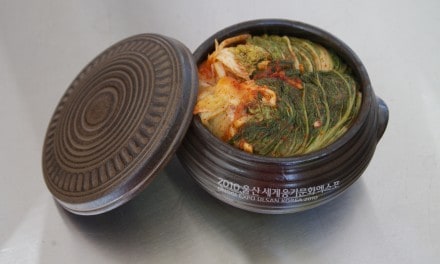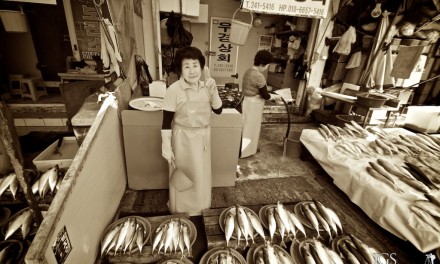Griffin and I have had pleasure and opportunity to see some of the most beaufiul places on the planet. But, sometimes, it’s not the most beautiful things that are the most interesting.
Deep in the heart of China’s mainland, sits the city of Xi’An, one of China’s Four Great Ancient Capitals. Though it’s not much to look at, it holds one of the most fascinating scenes in the world.
Xi’an, with over 3,000 years of history, took its place as China’s capital city during several different ruling dynasties for a total of more than 400 years. Its significance is far reaching as the start of the “Silk Road,” one of the most important trade routes in history, interconnecting Africa, Europe and Asia.
Since we’re not trading anything, we came to Xi’an to see something different. That is, something different that you can find anywhere else on earth.
During the days of Qinshihuang, the first emperor of unified China, one thing became abundantly clear: this guy was paranoid about death. Though the man is credited with many of China’s historal feats, including the beginning of construction of the Great Wall, he is perhaps best known for one thing, the 8,000 life-size clay soldiers that now guard his tomb.
First discovered by a group of farmers in 1974, archaeologists unearthed the now famous, Terracotta Army, still standing at attention and in perfect formation for their job as the attendants of the emeror’s soul. Every soldier is unique, with their differing facial features most likely being attributed to the unpaid laborers who constructed each one. The soldiers are also ranked and stand ready for their individual jobs as messengers, horsemen (complete with horses), officers, and even those tasked to accompany the carriage believed to house Qinshihuang’s soul.
There are four known pits where the soldiers are burried, located about 1.5km away from the emperor’s burial mound. Each of the soldiers was once painted from head to toe, but the oxygen that reaches it upon excavation instantly fades the colors and the true clay color emerges with minutes.
Standing at the enourmous warehouses, where the army members are still being systematically excavated and restored is truly mind-blowing. The details of their armor and the eyes that search out enemies are hallowing.
We toured the grounds with a guide who filled us in on the history, as well as the rank and job of each of the soldiers. What struck me, was just how life-like the army actually is. They are not only life-size, but they are actually set-up to be efficient. There are clay guards at the meeting room doors of clay officers. There are clay horses at the ready for messeges that may need to reach the clay ears of an officer at another camp. Some soldiers stand at attention and some kneel in reverence, to an emperor who was afraid of being vulnerable in life and in death. By the time we left there, we were talking about the Terracotta Warriors like they were real men, suspended in animation.
This experience was one that I will truly never forget. Looking out at this sea of soldiers made me feel small and and yet safe. I can’t recommend this destination highly enough.
If you’re making your way to China, it’s good to remember that Qinshihuang built more than a wall. His creations are still standing ready to greet you.
This article was originally published on Indie Travel Podcast














